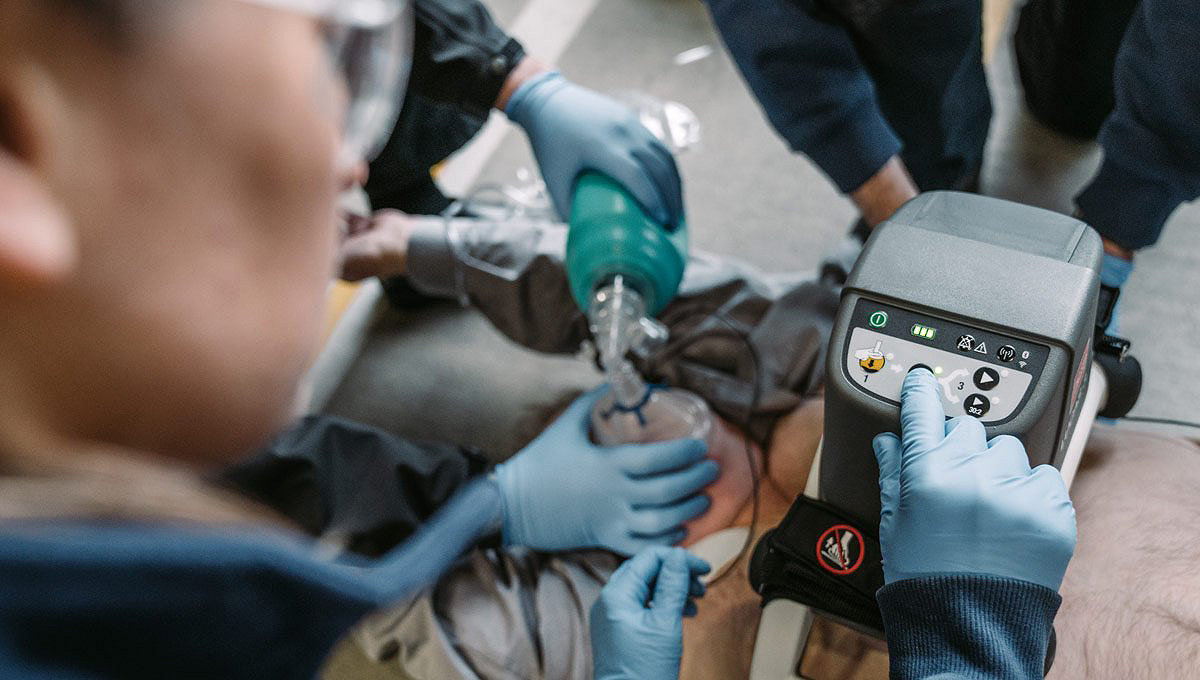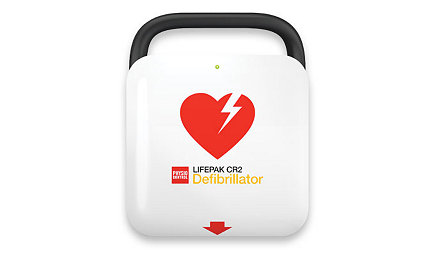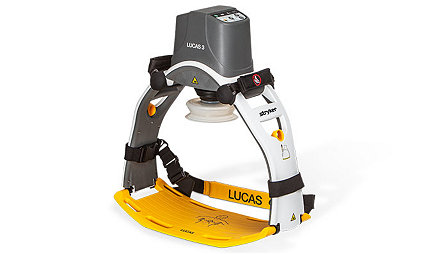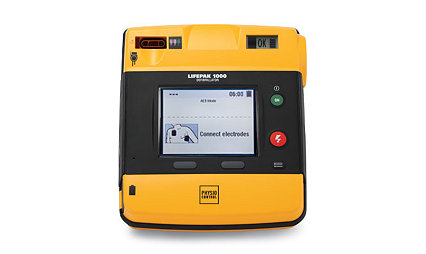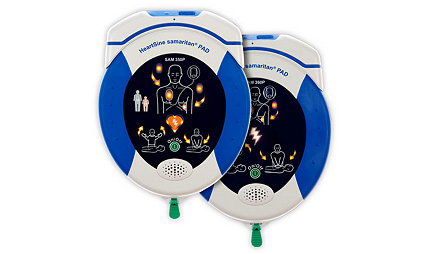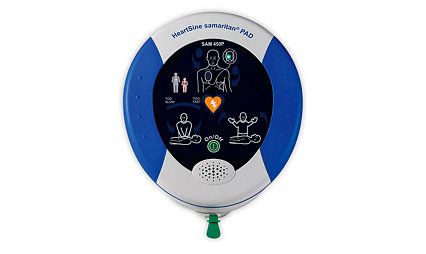Stay ready with AEDs in police vehicles
Be prepared for sudden cardiac events, anywhere, anytime
In law enforcement, you know you can’t predict when an emergency strikes, but you can be prepared. Sudden cardiac arrest can happen to anyone, anywhere. And a victim’s chance of survival dramatically decreases for every minute without treatment.1 Studies show police AED programs help decrease the time from the 9-1-1 call to first defibrillation, improving overall survival rates2.
SCA is the third leading cause of death in the US3
On average, law enforcement responds to 80 percent of medical emergencies4
American Heart Association (AHA) recommends a "collapse-to-shock" time of less than three to five minutes5
Hold on to the moments that matter
Be ready to act when sudden cardiac arrest strikes
Life is built from small moments—coffee before sunrise, sideline cheers, a hand squeezed at the right time. Sudden cardiac arrest can happen to anyone, anywhere, interrupting those moments without warning. Our latest video shows us what’s worth protecting and how being prepared can help.
Tell us your cardiac arrest story
EC-GSNPS-SYK-2235972

Training and education
Discover on-demand webinars, online and in-person training and continuing education created specifically for law enforcement, the community and more.
Interested in learning more? Connect with an expert.
Have feedback about Stryker’s products and services? Visit our product experience page to connect with us.
M0000010305 REV AA
1. Graham R, McCoy M, Schultz A. Strategies to Improve Cardiac Arrest Survival, A Time to Act. Institute of Medicine Report. 2015
2. Husain S., Eisenberg M. Police AED programs: a systematic review and meta-analysis. Resuscitation. 2013;84(9):1184–1191. https://doi.org/10.1016/j.resuscitation.2013.03.040
3. About Sudden Cardiac Arrest | Sudden Cardiac Arrest Foundation. (2015). Sca-Aware.org. https://www.sca-aware.org/about-sca
4. Hawkins SC, Shapiro AH, Sever AE, et al. The role of law enforcement agencies in out-of-hospital emergency care. Resuscitation. 2007;72:386–93.
5. Part 4: The Automated external defibrillator. (2000). Circulation, 102 (suppl_1). https://doi.org/10.1161/circ.102.suppl_1.i-60
EC-GSNPS-SYK-1138660_REV-0_en_us





